Related Research Articles

Sir Alfred Joseph Hitchcock was an English film director. He is widely regarded as one of the most influential figures in the history of cinema. In a career spanning six decades, he directed over 50 feature films, many of which are still widely watched and studied today. Known as the "Master of Suspense", he became as well known as any of his actors thanks to his many interviews, his cameo roles in most of his films, and his hosting and producing the television anthology Alfred Hitchcock Presents (1955–65). His films garnered 46 Academy Award nominations, including six wins, although he never won the award for Best Director, despite five nominations.
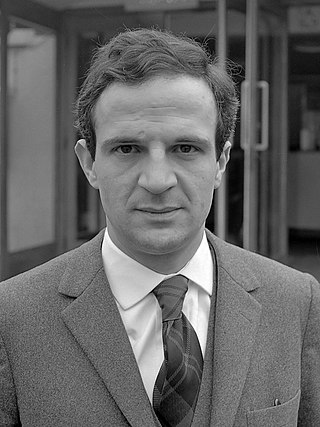
François Roland Truffaut was a French filmmaker, actor, and critic. He is widely regarded as one of the founders of the French New Wave. With a career of more than 25 years, he is an icon of the French film industry.
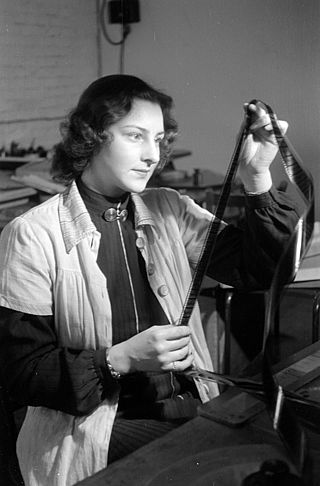
Film editing is both a creative and a technical part of the post-production process of filmmaking. The term is derived from the traditional process of working with film which increasingly involves the use of digital technology. When putting together some sort of video composition, typically, you would need a collection of shots and footages that vary from one another. The act of adjusting the shots you have already taken, and turning them into something new is known as film editing.
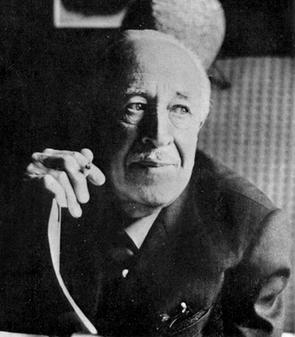
Lev Vladimirovich Kuleshov was a Russian and Soviet filmmaker and film theorist, one of the founders of the world's first film school, the Moscow Film School. He was given the title People's Artist of the RSFSR in 1969. He was intimately involved in development of the style of film making known as Soviet montage, especially its psychological underpinning, including the use of editing and the cut to influence the emotions of audience, a principle known as the Kuleshov effect. He also developed the theory of creative geography, which is the use of the action around a cut to connect otherwise disparate settings into a cohesive narrative.

The Last Laugh is a 1924 German silent film directed by German director F. W. Murnau from a screenplay written by Carl Mayer. The film stars Emil Jannings and Maly Delschaft.
A facial expression is one or more motions or positions of the muscles beneath the skin of the face. According to one set of controversial theories, these movements convey the emotional state of an individual to observers. Facial expressions are a form of nonverbal communication. They are a primary means of conveying social information between humans, but they also occur in most other mammals and some other animal species.

André Bazin was a renowned and influential French film critic and film theorist.

Vsevolod Illarionovich Pudovkin was a Soviet film director, screenwriter and actor who developed influential theories of montage. Pudovkin's masterpieces are often contrasted with those of his contemporary Sergei Eisenstein, but whereas Eisenstein utilized montage to glorify the power of the masses, Pudovkin preferred to concentrate on the courage and resilience of individuals. He was granted the title of People's Artist of the USSR in 1948.
Creative geography, or artificial landscape, is a film editing technique invented by the early Russian filmmaker Lev Kuleshov sometime around the 1920s. It is a subset of montage, in which multiple segments shot at various locations and/or times are edited together such that they appear to all occur in a continuous place at a continuous time. Creative geography is used constantly in film and television, for instance when a character walks through the front door of a house shown from the outside, to emerge into a sound stage of the house's interior.
A film school is an educational institution dedicated to teaching aspects of filmmaking, including such subjects as film production, film theory, digital media production, and screenwriting. Film history courses and hands-on technical training are usually incorporated into most film school curricula. Technical training may include instruction in the use and operation of cameras, lighting equipment, film or video editing equipment and software, and other relevant equipment. Film schools may also include courses and training in such subjects as television production, broadcasting, audio engineering, and animation.

Ivan Ilyich Mozzhukhin, usually billed using the French transliteration Ivan Mosjoukine, was a Russian silent film actor.

Mother is a 1926 Soviet drama film directed by Vsevolod Pudovkin. It depicts the radicalization of a mother, during the Russian Revolution of 1905, after her husband is killed and her son is imprisoned. Based on the 1906 novel The Mother by Maxim Gorky, it is the first installment in Pudovkin's "revolutionary trilogy", alongside The End of St. Petersburg (1927) and Storm Over Asia (1928).
In film, a match cut is a cut from one shot to another in which the composition of the two shots are matched by the action or subject and subject matter. For example, in a duel a shot can go from a long shot on both contestants via a cut to a medium closeup shot of one of the duellists. The cut matches the two shots and is consistent with the logic of the action. This is a standard practice in film-making, to produce a seamless reality-effect.

Soviet montage theory is an approach to understanding and creating cinema that relies heavily upon editing. It is the principal contribution of Soviet film theorists to global cinema, and brought formalism to bear on filmmaking.
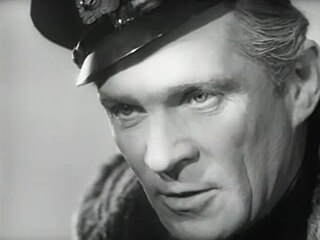
Boris Vasilyevich Barnet was a Soviet film director, actor and screenwriter of British heritage. He directed 27 films between 1927 and 1963. Barnet was awarded the title Merited Artist of the Russian Federation in 1935, and Merited Artist of the Ukrainian SSR in 1951.
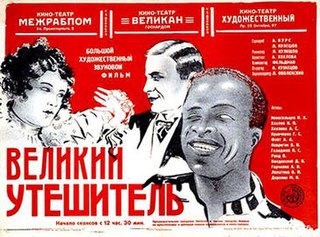
The Great Consoler is a 1933 Soviet drama film directed by Lev Kuleshov and starring Konstantin Khokhlov. The film is based on the facts from the biography of the American writer O. Henry and on his two novels.

The Extraordinary Adventures of Mr. West in the Land of the Bolsheviks is a 1924 Soviet silent comedy film directed by Lev Kuleshov. Kuleshov considered the film a "verification" of his theories around editing and montage, and he drew inspiration from American cinema, which he found more engaging than Russian cinema.
The Deserter is a 1933 Soviet drama film directed by Vsevolod Pudovkin. It was his first sound picture.

Rain is a 1929 Dutch short documentary film directed by Mannus Franken and Joris Ivens. It premiered on 14 December 1929, in the Amsterdam Filmliga's theater, De Uitkijk.
Hyperkino is a standardized system of referencing and annotating films on digital carriers – attaching related content and analysis to individual frames. The name of the method, Hyperkino, is based on the intertwining of the concepts of textual criticism and hypertext.
References
- ↑ Vsevolod Pudovkin (1974). "Naturshchik vmesto aktera". Sobranie Sochinenii. Moscow. 1: 184.
- ↑ M Russel. "The Kuleshov Effect and the Death of the Auteurism". Forum.
- ↑ Thomas Leitch, Leland Poague (2011). Leitch, Thomas; Poague, Leland (eds.). A Companion to Alfred Hitchcock. John Wiley & Sons. p. 60. doi:10.1002/9781444397321. ISBN 9781444397321.
- ↑ Truffaut, Francois (1983). "11". Hitchcock/Truffaut . Simon and Schuster. p. 216. ISBN 9780671604295.
- ↑ "Hitchcock Explains the Kuleshov Effect to Fletcher Markle. 1964". YouTube. Archived from the original on 2021-12-21.
- ↑ Stephen Prince; Wayne E. Hensley (1992). "The Kuleshov effect: Recreating the classic experiment". Cinema Journal . 31 (2): 59–75. doi:10.2307/1225144. JSTOR 1225144.
- ↑ Dean Mobbs; Nikolaus Weiskopf; Hakwan C. Lau; Eric Featherstone; Ray J. Dolan; Chris D. Frith (2006-08-14). "The Kuleshov Effect: The influence of contextual framing on emotional attributions". Social Cognitive and Affective Neuroscience . 1 (2): 95–106. doi: 10.1093/scan/nsl014 . PMC 1810228 . PMID 17339967.
- ↑ Daniel Barratt; Anna Cabak Rédei; Åse Innes-Ker; Joost van de Weijer (2016-04-06). "Does the Kuleshov effect really exist? Revisiting a classic film experiment on facial expressions and emotional contexts". Perception . 45 (8): 847–874. doi:10.1177/0301006616638595. PMID 27056181. S2CID 206513110.
- ↑ Andreas M Baranowski; Heiko Hecht (2017). "The auditory Kuleshov effect: Multisensory integration in movie editing". Perception . 43 (10): 1061–1070. doi:10.1177/0301006616682754. PMID 27923940. S2CID 36187687.